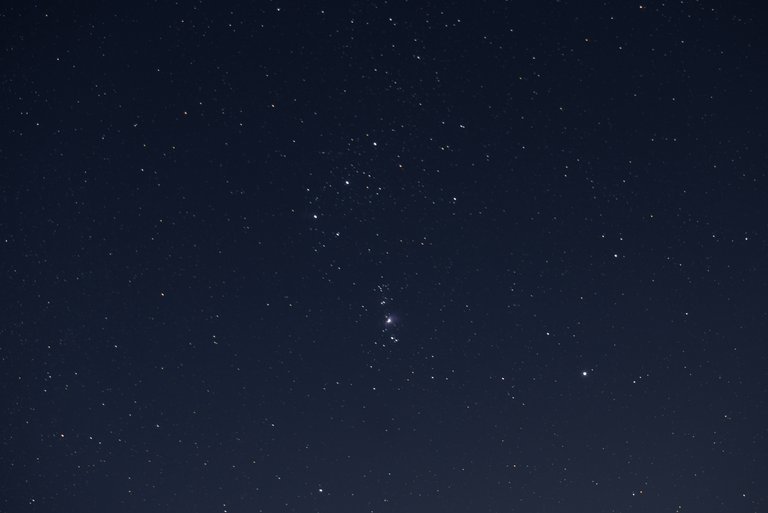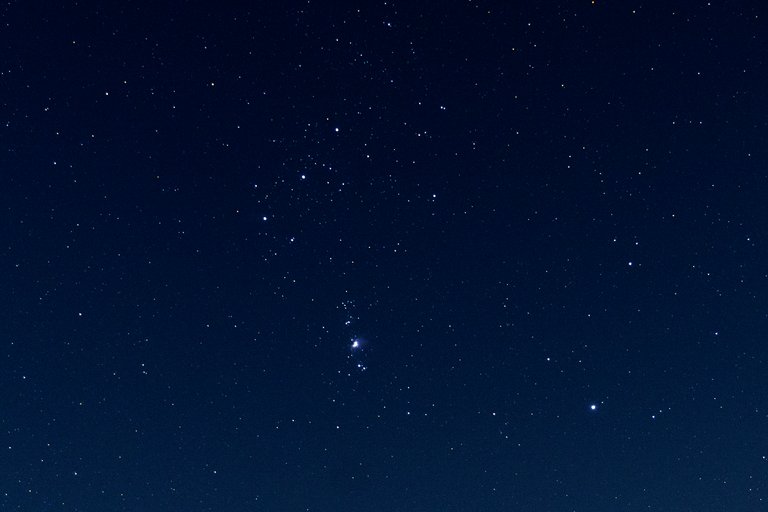
As I enter a new phase of my photography I am feeling a little bit out of my depth, not only with the style of photography but the image processing that comes with it.
If you are wondering what I'm talking about, I am trying to get in to landscape astrophotography as well as my usual landscape photography.
The night sky has always fascinated me, I think my first interest was back in 1986 when Halley's comet was close to the earth and my Dad woke me up in the middle of the night to see the comet.
Ever since then I have spent hours observing the night sky, and looking for UFO's lol.
Last night, it was a cold night, but the skies were beautiful, I do live in a bit of light polluted area but I thought I'd get on the garden and try my tracker.
I got the tracker as Christmas present, the iOptron Skytracker Pro, my girlfreind bought me an awesome Benro tripod, which is as solid as a rock and ideal for my tracker.
I shot 60 frames of Orion, 20 light frames and 20 dark frames, using Sequichator which is a free program to stack the images and photoshop for processing.
After seeing some tutorials on processing images, these are well under processed, however, you can see the difference in image quality with the tracked and single images.

The first image on this post is the tracked image, and the image above is a single image, I tried to process them the same, and the crop is a bit different, but you get the jist with the image quality.
I'm really looking forward to the milkyway season and getting out to darker skies to fully put this image stacking and tracking to the test.
For now, I really hope you like the images posted.
The Orion Nebula which you can see in the image is a stella nursery, a place where stars are born and the brightest nebula in the night sky. Known as M42 (Messier 42), It is the nearest star forming location to earth and is roughly 1,350 light years away.
Thanks for reading,
all the best :-)
Sending Love and Ecency Curation Vote!
 Follow Eceny's curation trail to earn better APR on your own HP. : )
Follow Eceny's curation trail to earn better APR on your own HP. : )